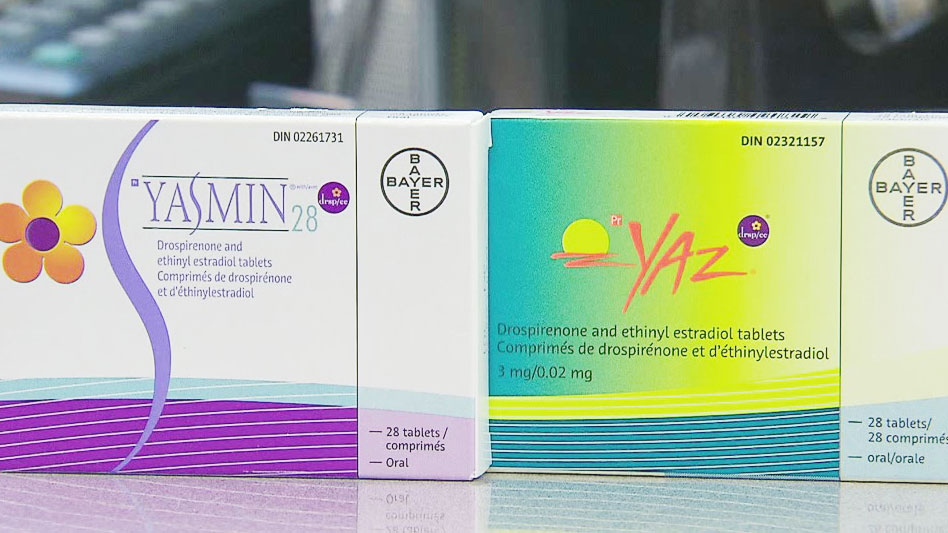Image source: https://mycanadianpharmacystore.com/wp-content/uploads/2016/09/yasmin-yaz-1.jpg
Many healthy women have developed Yaz blood clots despite having never experienced abnormal clotting in the past, even after using other estrogen-based contraceptives. Below, I'll explain how these clots can lead to serious, even life-threatening, circumstances.
Yaz Blood Clots And Your Venous System
There are two types of veins in your body: superficial and deep veins. Superficial veins lie near your skin's surface. They are not surrounded by muscle. Blood clots that form within them will cause pain and swelling, but are unlikely to dislodge themselves. This is due to the absence of muscles that squeeze the veins.
Deep veins are located within groups of muscles. They connect to the vena cava, which sends blood toward your heart. When your muscles contract, they squeeze the veins and push blood into the vena cava.
If a blood clot forms in a deep vein, it can become dislodged as a result of the muscles squeezing the vein. Once dislodged, the clot can travel along with your bloodstream. If it reaches your vena cava, it will continue traveling toward your heart and major arteries. At that point, the danger of an arterial blockage escalates.
Arterial Blockages: Your Lungs, Heart, And Brain
If a Yaz blood clot that formed in a deep vein (typically, in the leg) reaches one of your main arteries, it can trigger grave side effects. For example, your pulmonary arteries feed blood to your lungs. The blood is oxygenated before it is sent throughout your body. A clot that lodges within one of these arteries can cause pulmonary embolism, a potentially fatal condition. Even in the event that you receive immediate medical attention, you may suffer permanent damage to a portion of your lung tissue.
If the traveling blood clot (known as an embolus) finds its way into a coronary artery, it can have similarly disastrous results. Your coronary arteries supply your heart muscle with oxygen-rich blood. If any portion of the muscle is starved, that portion will sustain damage and you'll experience a heart attack. If the flow of blood is not restored within a few hours, the damaged muscle will begin to die.
If the embolus reaches any of your carotid, vertebral, or basilar arteries, and creates a blockage, you will suffer an ischemic stroke. These arteries supply your brain with oxygen and nutrients. If the clot interrupts the flow of blood, a portion of your brain will starve. Unlike pulmonary embolism and heart attack, which can potentially develop slowly, ischemic stroke can develop rapidly. The portion of your brain that is starved by the blockage will begin to die within minutes.
Are You At Risk?
When Yaz or Yasmin blood clots form within a deep vein, they suggest potentially dangerous side effects down the road. The squeezing of your muscles around the vein can dislodge the clots and send them toward your vena cava. Pulmonary embolism, heart attack, and stroke become possible as the emboli travel closer to your lungs, heart, and brain.
Selasa, 30 Mei 2017
Side Effects Of Yaz and Yasmin
Diterbitkan Mei 30, 2017
Artikel Terkait
Langganan:
Posting Komentar (Atom)
EmoticonEmoticon